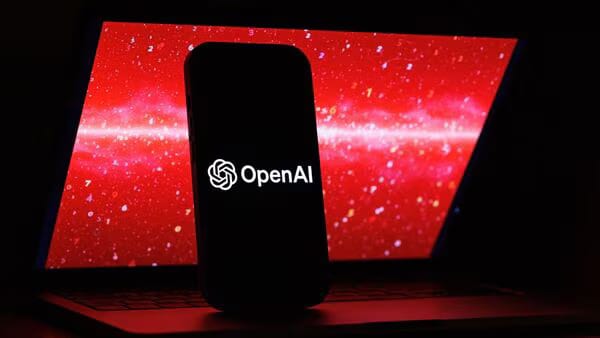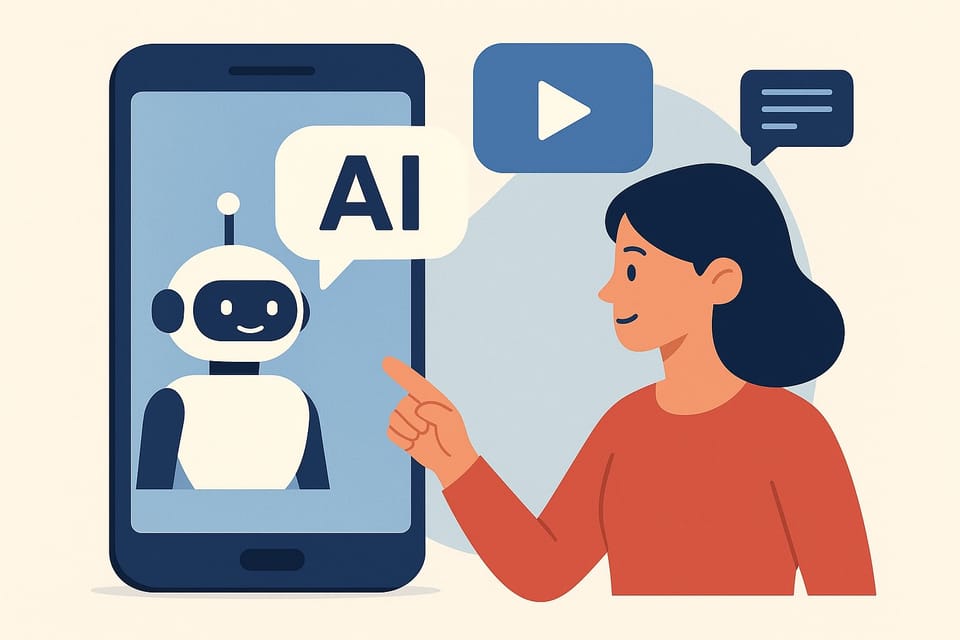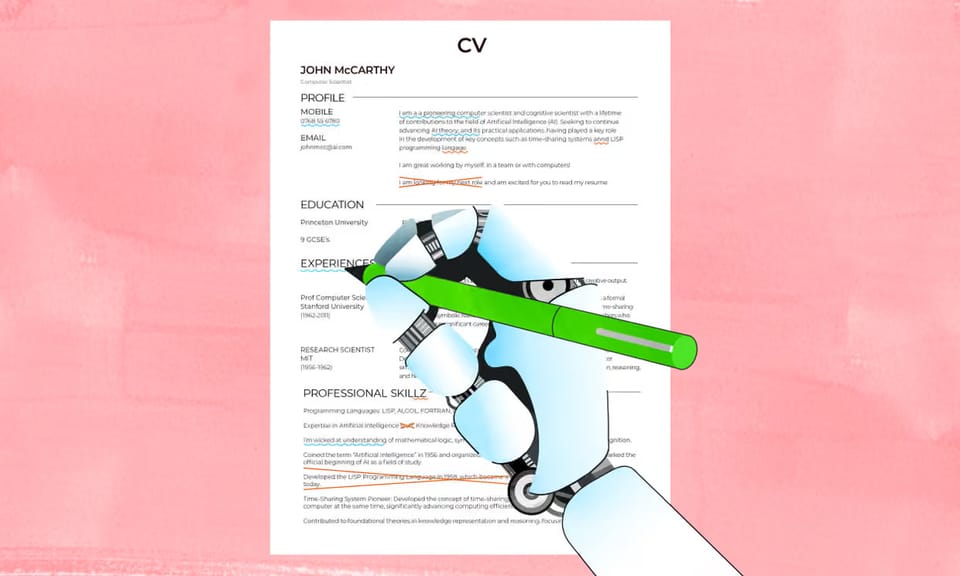Is the Israel-Iran Conflict About to Crash the Global Economy?


This week’s stories are all about who’s really in control humans or machines?
- Tech jobs are vanishing
- War in the Middle East just spiked oil prices and rattled global markets
- Luxury fashion is going AI-first
Let’s get into it.
Tech
Could Your First Tech Job Be Gone Before You Even Apply?
Briefing: New research from Janco shows U.S. tech job numbers are slipping as AI automation eats into entry-level roles. In May 2025, IT unemployment reached 5.5%, over a point higher than April and above the national average for the fifth month running.
Details: IT unemployment hit 5.5% in May, up from 4.6% in April. The biggest job losses are happening in telecom and support positions, especially in smaller markets that rely on older technology. On the flip side, there’s steady demand for roles in AI development, blockchain, omnichannel commerce, and jobs working with large language models (the type of AI that powers tools like ChatGPT). Janco’s CEO, M. Victor Janulaitis, says this is the third straight year of job losses in tech and warns that IT workers who don’t update their skills will be left behind.
Why It Matters: The numbers show AI isn’t just transforming high-end tech work, it’s already replacing many lower-skill jobs. Workers in outdated tech fields are at risk unless they shift toward more future-ready skills, especially in AI. Companies will also need to rethink how they balance using AI for efficiency with offering opportunities for employee retraining and new kinds of work. (TechRadar)
How fast is AI replacing tech jobs? And Which skills will stay in demand? McKinsey predicts AI could displace up to 30% of U.S. work hours by 2030. Meanwhile, AI, machine learning, and data roles remain the fastest-growing fields. To stay competitive, workers need to shift toward these future-proof skills. (McKinsey)
Finance
Is the Israel-Iran Conflict About to Crash the Global Economy?
Briefing: Oil prices jumped and stock markets dropped after Israel launched a major attack on Iran. The strike, called “Operation Rising Lion,” targeted key military and nuclear sites in Iran. In response, Iran fired about 100 drones toward Israel, most of which were shot down.
Details: Because of the attack oil prices went up fast. One type of oil called “Brent crude” which is used around the world to set prices jumped over 7%. That’s the biggest increase since 2022. At the same time, U.S. stock markets fell. The S&P 500 (a list of 500 big U.S. companies) dropped around 0.7%, the Dow (30 major U.S. companies), and the Nasdaq (mostly tech companies) all dropped. Markets in Asia and Europe also saw losses.
Investors got nervous and moved their money into safer options like gold, the U.S. dollar, and government bonds. Airline stocks took a hit too, as flights were delayed or rerouted due to closed airspace in the region.
Why It Matters: This situation affects the global economy. Oil from the Middle East travels through a narrow waterway called the Strait of Hormuz, and any threat there could slow down deliveries and raise gas prices worldwide. Also, when oil prices rise, it can lead to higher costs for everything else pushing inflation up. That could force central banks to rethink interest rate cuts they were planning. In short, this conflict could shake up the economy even more if things get worse. (NBC NEWS)
In this situation, AI tools like CrudeBERT are trained to read the news and spot signs that oil prices might go up, like if a war starts or a big oil area is attacked. These tools look at the words in headlines and figure out if things are getting risky.
Other systems, like ICEWS, track events like protests or conflicts around the world. Big trading companies use these systems to get alerts and decide fast if they should buy or sell things like oil or stocks. AI can help warn us and speed things up. But it doesn’t always see things ahead of time, and sometimes people ignore the alerts or don’t act quickly enough. (Wikipedia)
Fashion
Will AI Decide What You Wear and What You Buy Next?
Briefing: LVMH (Louis Vuitton Moët Hennessy) is stepping up its use of artificial intelligence (AI) across its beauty and fashion brands to help future-proof its operations. The company is applying AI to everything from supply chain management and pricing to marketing and customer service, keeping its luxury experience competitive in a fast-changing market.
Details: Working with Google Cloud, LVMH built a data platform that now serves all 75 of its brands, including Louis Vuitton, Dior, Tiffany & Co., and Sephora. The company uses predictive AI to help plan stock levels, adjust pricing, and assist design teams. Generative AI is used to create mood boards and marketing content. In stores, AI chat tools give sales staff quick insights into customers’ past purchases and preferences, so they can offer more personalized service. Internally, LVMH also runs an in-house AI assistant, called MaIA, which answers over two million queries per month from about 40,000 employees.
Why It Matters: As demand slows in key markets like the U.S. and China, LVMH sees AI as a key tool for staying efficient and protecting profits. AI helps streamline operations while giving staff more time to focus on creating a personalized luxury experience. Centralizing data across all brands also gives LVMH faster insights, helping the company quickly respond to trends, currency shifts, and supply chain challenges. (Global Cosmetics News)
Is LVMH’s MaIA a real enterprise AI or just hype? and is AI driving measurable ROI in luxury fashion? MaIA handles 2M+ monthly queries across 75 brands, supporting marketing, inventory, and customer insights. AI is also boosting supply chain and pricing efficiency similar to gains reported by peers like Armani, which saw 25% better customer retention and fewer markdowns. (WSJ)
*Disclaimer: The content in this newsletter is for informational purposes only. We do not provide medical, legal, investment, or professional advice. While we do our best to ensure accuracy, some details may evolve over time or be based on third-party sources. Always do your own research and consult professionals before making decisions based on what you read here.




